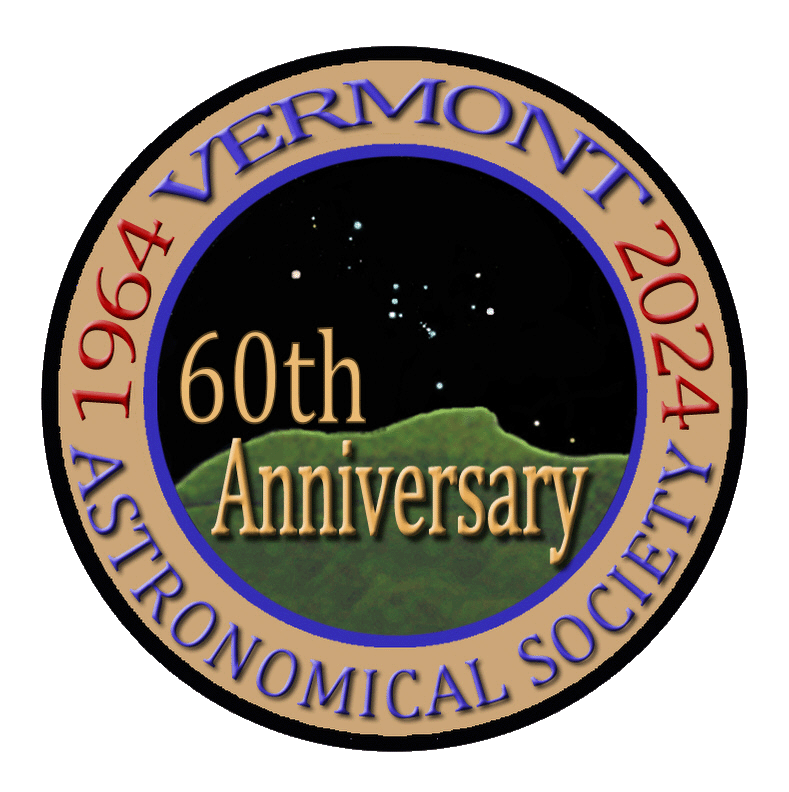Hi all, here is the sunflower galaxy, Messier 63.
Star formation is one of the most important processes in shaping the universe. In addition to birthing new stars, it gives rise to planetary systems and plays a pivotal role in the evolution of galaxies. Yet there is still much that astronomers do not understand about this fundamental process. The driving force behind star formation is particularly unclear for a type of galaxy called a flocculent spiral. Unlike grand-design spiral galaxies, flocculent spiral galaxies do not have well defined spiral arms. Instead, they appear to have many discontinuous arms.
M63, also known as the Sunflower galaxy, is one such flocculent spiral galaxy. Although it only has two arms, many appear to be winding around its yellow core in this image captured by Hubble. The arms shine with the radiation from recently formed blue stars and can be more clearly seen in infrared observations. By imaging flocculent spiral galaxies like M63, astronomers hope to gain a better understanding of how stars form in such systems.
The Sunflower galaxy was discovered in 1779 by the French astronomer Pierre Méchain and was the first of 24 objects that Méchain would contribute to Charles Messier’s catalog. The galaxy is located roughly 27 million light-years from Earth in the constellation Canes Venatici. It has an apparent magnitude of 9.3 and appears as a faint patch of light in small telescopes. The best time to observe M63 is during May.
I shot M63 with a TEC180Fl refractor and ZWO ASI6200MM monochrome camera through Chroma LRGB plus Ha filters. I have around 16 hours of exposure, 5 of them being in Ha. M62 has star cloud that it's interacting with in the structures you see passing over the arms as well as the cloud that surrounds it. It will take much more exposure for me to capture a deeper image of the surrounding area.
The wide field of M63 includes 100's of other galaxies. It's fun to search through and find all of the little pearls.
Wide field:

